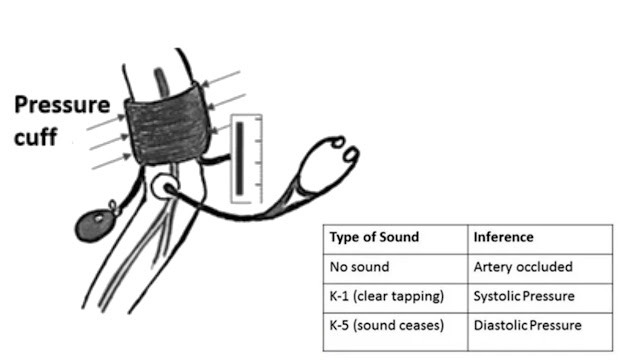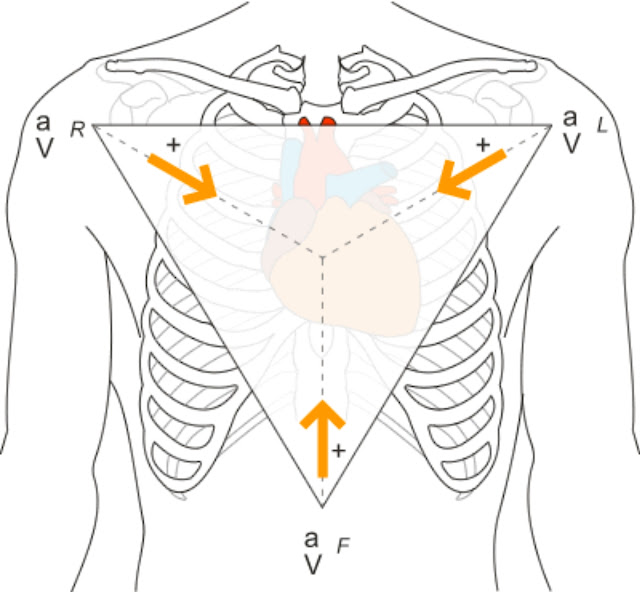Types of Hearing loss
Hearing loss What does hearing loss mean? Majority of the human beings are able to hear sounds from a particular range. An individual is said to have hearing loss when he/she is unable to hear that commonly known range of sounds without any aid. common types of Hearing Loss Conductive When hearing loss is due to problems with the ear canal, ear drum, or middle ear and its little bones. Sensory Neural When hearing loss is due to problems of the inner ear, also known as nerve-related hearing loss. Mixed In this type of hearing loss, there may be damage in the outer or middle ear and in the inner ear (cochlea) or auditory nerve. Degrees of Hearing Loss Mild hearing loss With a mild hearing loss difficulty will occur for soft speech and listening in background noise. Moderate hearing loss With a moderate hearing loss one experiences difficulty hearing conversations, especially while in background noise. The TV or radio may be turned to higher levels also in order...





